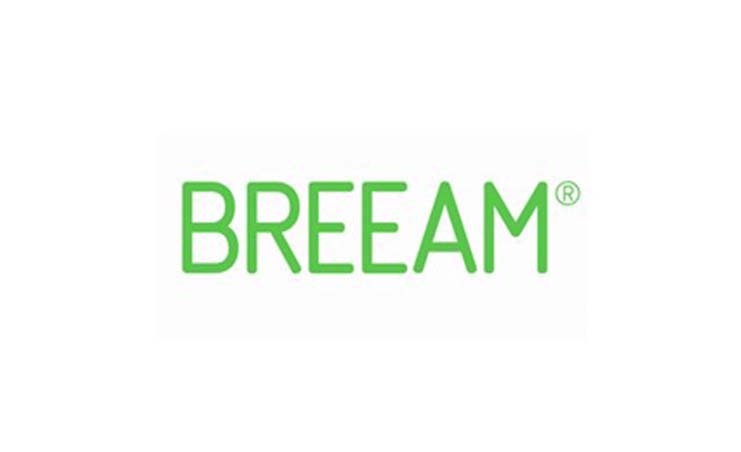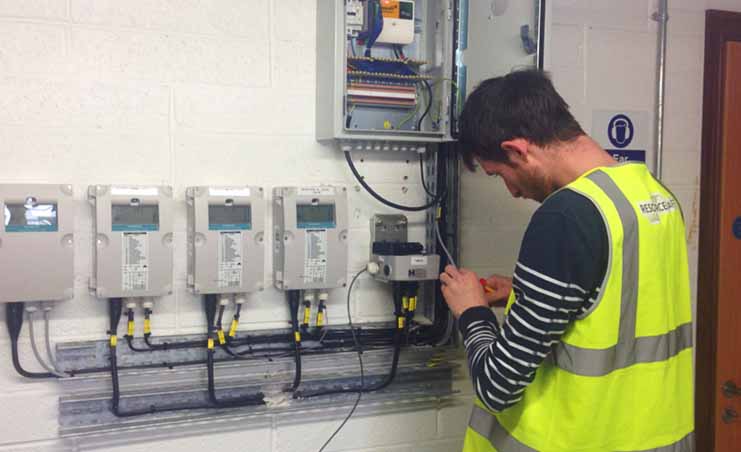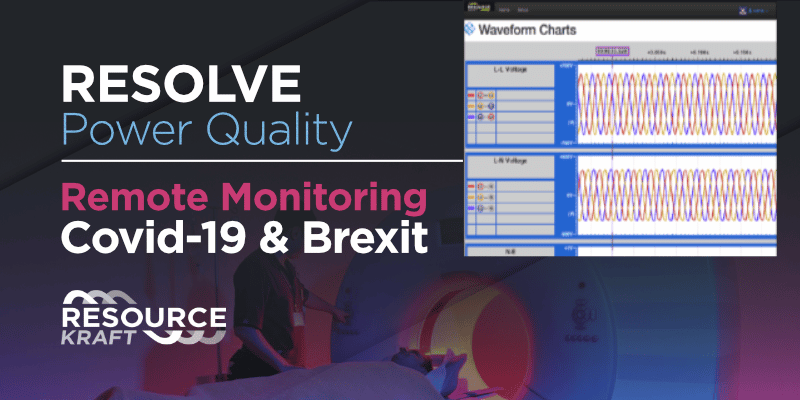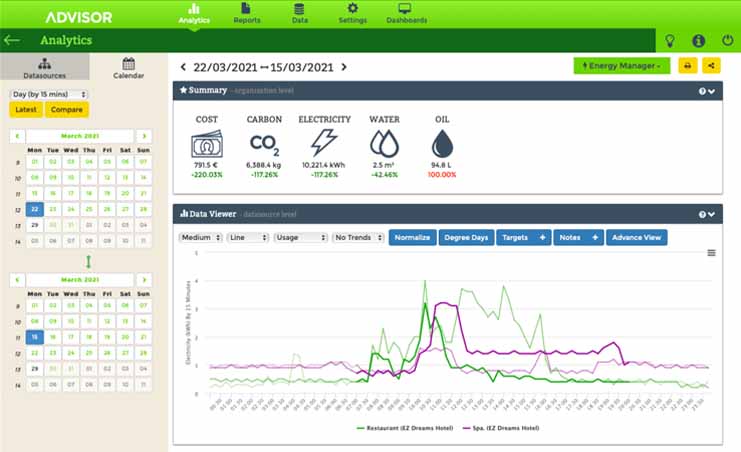There are many different methods to assess their energy performance, two of the more popular ones are LEED and BREEAM. Leadership in Energy and Environmental Design (LEED) was first developed in North America about 20 years ago, and is now widely used around the world it is very practical and user friendly as well as being available online.

Building Research Establishment Environmental Assessment Methodology (BREEAM) is the most popular rating system in Europe; it is practical enough to be implemented by the user. BREEAM is 8 years older than LEED but they both have their latest revision in 2005.
Most of the rating categories for both evaluation methods are the same or very similar, both having been based on the same philosophy of environmental impact and life cycle performance. They both go into a lot of detail surrounding not just the performance of the building but also how the building came to have that performance (i.e. the construction of the building) however BREEAM have a category specifically for this, whereas LEED have it included in their Ecology section.
As you go through the categories of both rating systems, this trend continues with BREEAM tending to have more detail than LEED and it requires you to delve further into the production process of the materials you are using on-site, even having rating categories for the different types of materials used and their environmental impact over their entire life cycle. Everything from the basic building materials used at the start of construction to the finishing touches being put on the building, everything needs to be taken account of. This is only for new builds – if these systems are being used to measure the use of existing buildings this category can be skipped, which also means they will inherently be less efficient than buildings that are built with these specifications in mind.
BREEAM also has a category that is not included in LEED which deals with the Management of the building after construction. There needs to be a detailed manual that comes with the building once it is being handed over to the occupant explaining the sustainable use of the building and all the energy users in the building.
Although BREEAM has more categories than LEED this does not necessarily mean that it is better. Since the use of these procedures is voluntary, needing to go into so much detail can really put people off using BREEAM and without the use of a good alternative, this would leave everyone worse off than using a slightly less in-depth analysis of every part of the building. At the end of the day, these procedures were developed to generate benefits to both the environment and society, and even though they deviate from each other on the finer details they were both founded with the desire to improve the world we live in one building at a time!








